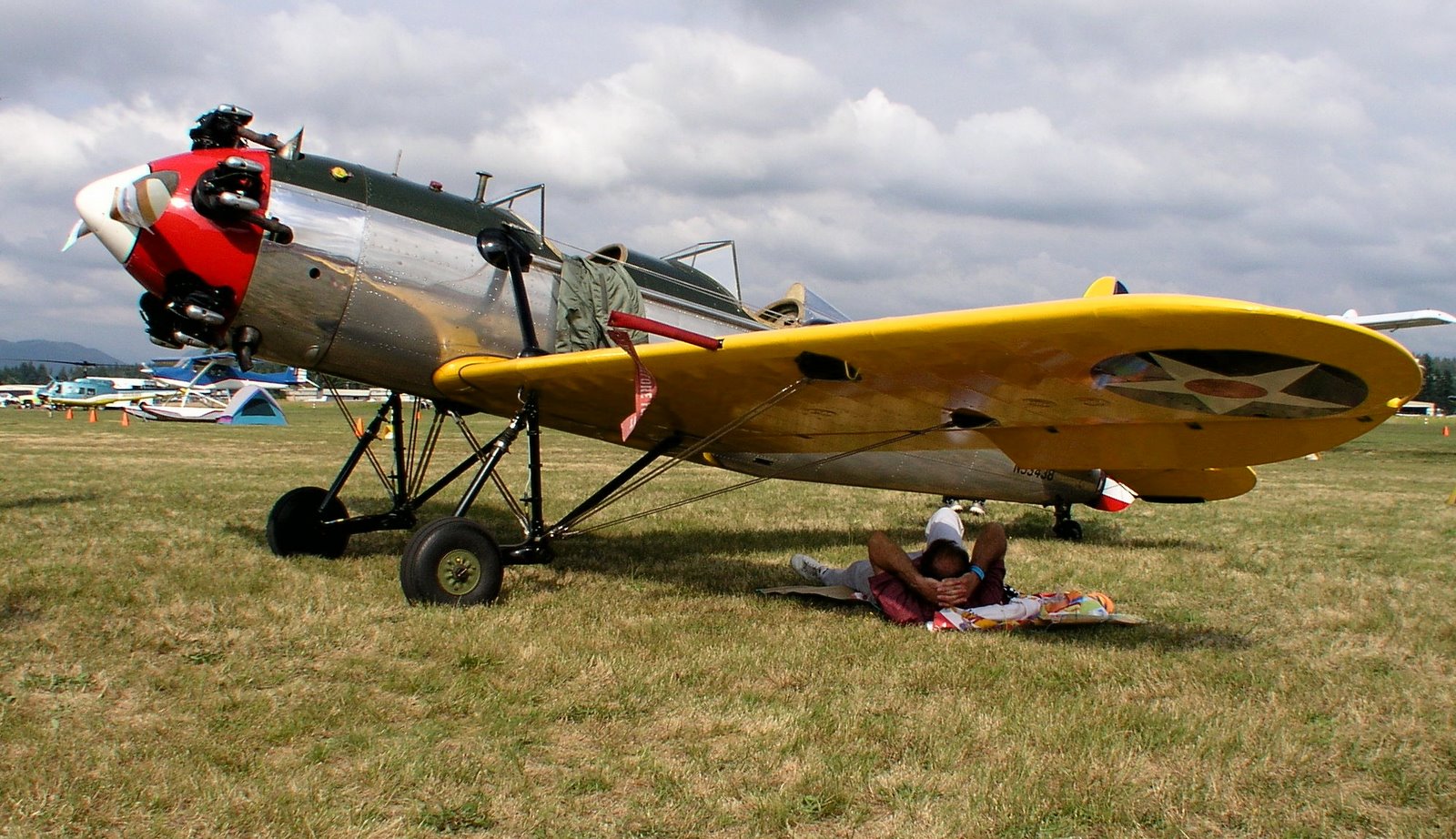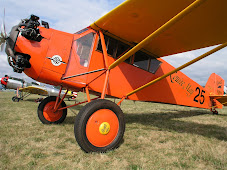In the mid to late 60's,before I was able to score a job with the majors, I went through what was a common right of passage at the time- flying the mail in the mid-south. It didn’t pay much, but the time looked good in your logbook and you certainly kept your skills polished.
Six nights a week my co-pilot Travis and I would crawl over the mail sacks stacked cabin roof high and slide into the cockpit seats of one of a series of tired out D18 Twin Beech’s. For several months our route was from Cape Girardeau, MO to Memphis, TN, then we'd wing west to Little Rock, AR, and finally northeast bound for Batesville and Jonesboro, AR.
We would leave at dusk from Cape Girardeau and by midnight or one AM find ourselves sitting in the Ops room at Little Rock with 30 other pilots where we’d take a brief break over coffee, check weather and swap pilot reports. It would be 2:30 or 3 AM before we'd be at our final stop. The weather that early morning was not promising. Batesville, the next stop was reporting minimums-800 overcast and 1-mile visibility-with fog. Jonesboro was about the same but it had an ILS approach (precision-straight in) where Batesville had only an NDB approach (non precision-circling).
When our the mail was sorted and readied for us, we’d walk out to our airplanes and load in 2200 lbs of the orange sacks. With fresh clearances, full fuel tanks and a hankering for a soft bed we would lock the tail wheel, unleash the snarling R985's and lift off into the low overcast skies bending our course for Batesville AR, only 55 minutes away from Little Rock yet very much a step back into another time.
Batesville had just a small airport then. It was, if my memory serves correct, only about 2700 feet long. It was built on the side of a hill with the north end (lower end) ending at an all night gas station. The station had a large neon and mechanical sign with a huge arrow that would light up and pulsate-pointing out the station and lighting up the area for a quarter of a mile around. If you took off down hill one of your major challenges was to miss the arrow! The other end (upper end) of the runway ended in a fruit and nut orchard, complete with an unlighted windmill standing 75+ feet high that irrigated the orchard. The single runway was only about eight (8) feet wider than the gear on the D18. and the taxiways of which there were three (a parallel and two connectors) had even less width.
The city was very proud of their little airport. They had secured Federal funds for paving the runway, putting in a NDB beacon, and building a tiny brick 10 by 10 foot airport operations office building maybe 100 feet from the runway with a new and shiny rotating beacon shouldering up against the building. By the time we arrived into Batesville the normal daytime folk were long gone and there was only one lonely fellow, lets call him "Bubba".
Bubba was a Good ‘Ol Boy, of that I am sure. He stood about 6’1” dressed in his always clean Oshkosh bib overalls; chewed Red Man-which sometimes left a streak of brown juice on his chin. He drove an older Ford pickup that was in excellent running condition and he loved to hunt “critters” and be with his dogs. His main dog was named “Ole Blue”. He had several dogs that would be around him or under his feet and most of them also answered to “Blue”, “Ole Blue”, “Shi** Blue!”or something like that.
Bubba's employer had tutored him through the weather test so sitting in the tiny operations office he could give us an airport weather report before we commenced an approach. Then he’d help us unload the mail sacks and truck the load into the town's post office after we’d take off to the next stop.
Many times he’d ask us to stay over and go “coon hunting” with him. That usually coincided with one of his dogs howling or barking when he mentioned the word hunt or hunting, while the rest of the pack salivated or urinated over the sacks of mail. He’d just stand there, his thumbs hooked on the straps of his bib overhauls and smile. I liked Bubba.
That one night we’d approached from Little Rock with a layer of fog below us that stretched for a hundred miles in all directions. It was Travis’s approach and I picked up the weather from “ole Bubba”.
“Say there Batesville, whata ya got for me?”
“Hi there Cap! It’s 800 overcast, with one mile viss-a bility and the wind is out of the noarth at zeeero malll an hour.”
Great, we thought, Batesville’s weather was good enough for the approach and soon we’d be on our way to the last stop of the night. ATC issued us a “cruise clearance” and Travis bent our course outbound for the procedure turn area. We passed the final approach fix inbound, punched the clock, rolled the checklist and started down for the MDA. But when we reached the missed approach point we were still in solid clouds that only reflected the blue flicker of the engine exhausts and red and green navigation lights. We could see nothing of Batesville. Travis called the missed approach and we went back for another try. That too, ended in no sighting of the airport.
“Hey Bubba, what’s the weather now?”
“Cap, it’s 800 overcast, one mall visibility and the winds out of the noarth at zero mall an hour.”
Travis looked at me, I shrugged my shoulders and tapped the yoke with my hand. I’d try the next approach. That too ended in a missed approach.
“Look, maybe we could duck under by 50 feet. That might give us a chance to see something,”
“No, on this next one I want you to open your window and look straight down. Hell, we should see that gas station sign or the glow from it at least! And there’s the rotating beacon, usually you can see it for miles.”
“Ok, I’ll start the time and open the window and look, then lets head for Jonesboro, I’ve got that waitress waiting ya’ know”.
Oh that Travis, he was like a sailor when it came to girlfriends at every port.
In bound we both concentrated on our jobs, and crossing the final approach fixthe time was started and we descended toward the MDA. Travis's hair was swirling in the breeze of the open window while I concentrated on flying the approach. Crossing the little radio station located right next to the airport rotating beacon we could see nothing and we commenced the missed approach.
“Did you see anything Travis?”
“Nahh, not a damn thing.”
“OK, let’s head to Jonesboro, it’s your airplane, I’ll talk to center.”
Travis took the controls and I reported back to center that we were on our way to Jonesboro. The weather there was better they assured. I settled back into my chair and noted the missed approaches into the company log; then I picked up the microphone and called back to Batesville.
“Batesville, you there Bubba?”
“Hey, Ah am here, Cap.”
“Hey Bubba, we missed all of the approaches, we couldn’t find your airport.”
“Yah, I figgerd that, be’ in like it is.”
“Like it is?” Now that got my attention.
“Bubba, can you see the sign at the gas station?”
“No ahh cain’t.”
“Bubba, can you see the runway lights?” (they were 200' from the building)
“Ahh no ah cain’t.”
“Bubba, can you see the light from the rotating beacon on the tower next door?”
“No ah cain’t see that neither.”
“Bubba just what can you see?”
“Heck Cap, ah cain’t see nothing. Ah’m feared of driving home or going into the post office at this hour. Ah cain’t even see ‘ta drive the fog is so bad.”
“Bubba, then why did you give us that report?”
“Hey Cap. If’n I don’t the boss is going to get mad ‘cause you won’t be able to land with the mail. No mail, no money.”
A smile started to creep over my face.
“OK Bubba, drive safe, we’ll see you tomorrow night.”
Into the early morning darkness the tired D-18 rattled and roared toward Jonesboro while Travis and I sat there laughing like we’d heard the latest joke. And the joke was on us. I retell this story once in a while…and I still like Bubba.



